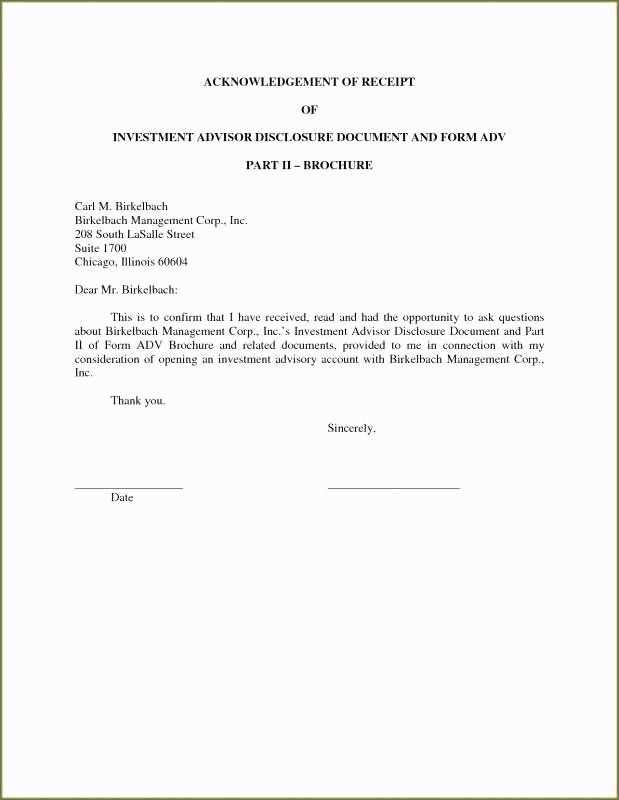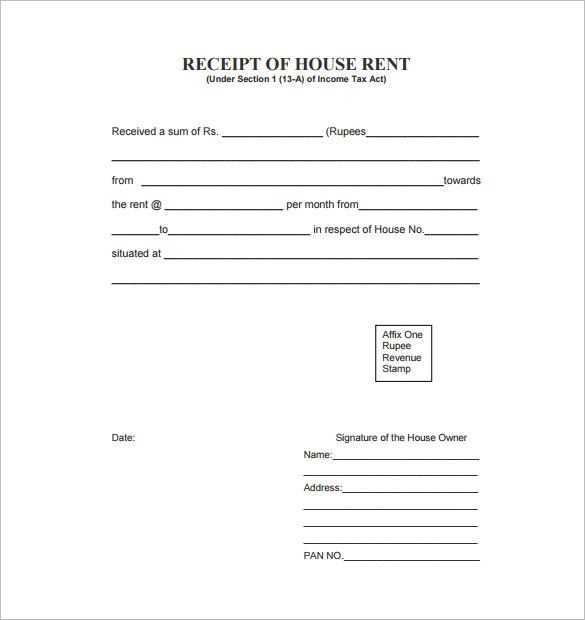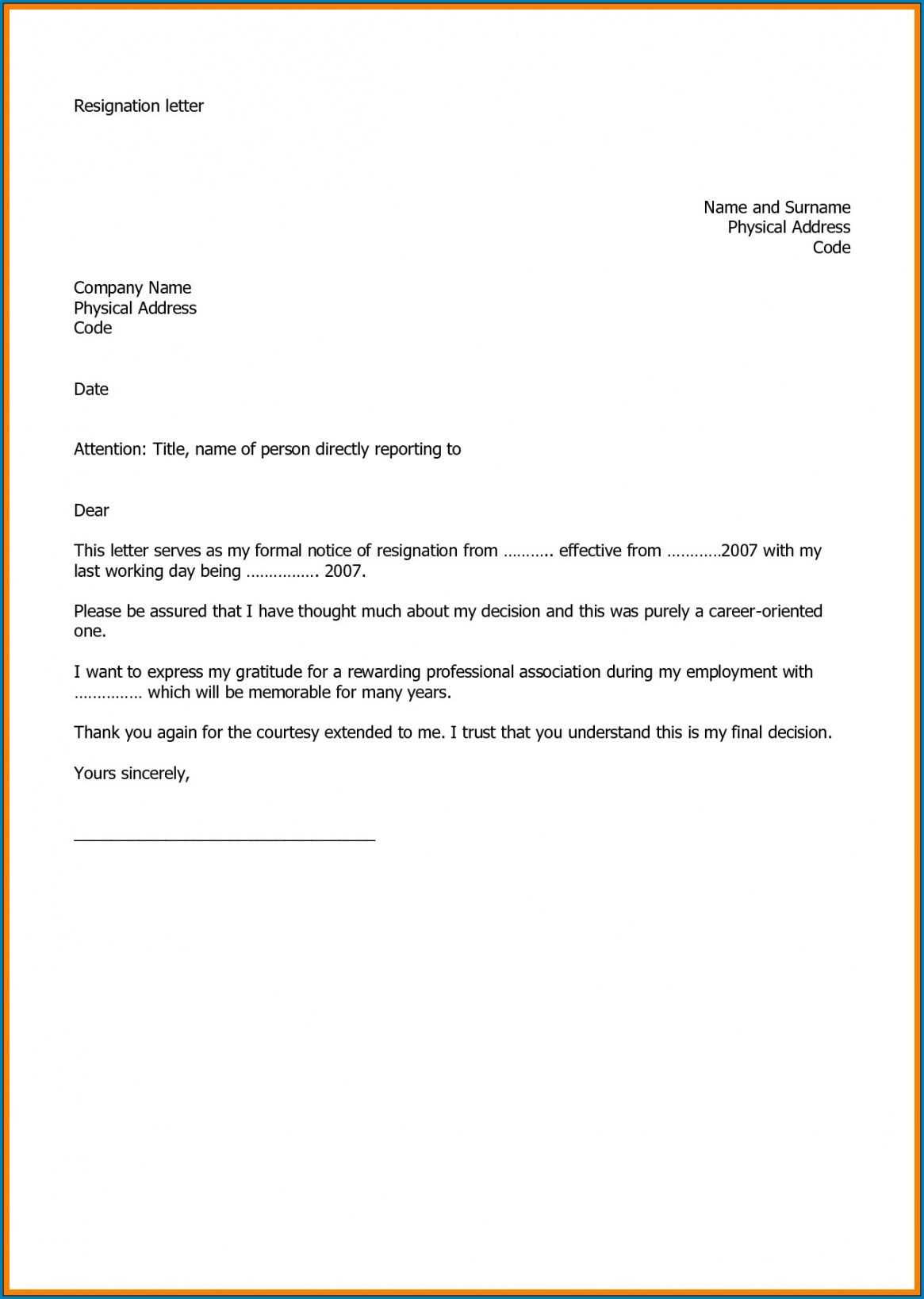
When crafting an acknowledgement receipt, make sure to include clear and precise details to confirm the receipt of documents, goods, or services. A well-structured template should contain the date of receipt, the names of the sender and recipient, a description of what is being acknowledged, and any relevant references, such as invoice or order numbers. The tone should be professional yet approachable, reflecting the purpose of the document: to confirm that the item has been received in full and intact.
Include the Date clearly at the start of the letter. This helps in tracking and verifying when the item was received. Follow this with a brief sentence confirming the receipt and identify the item, whether it’s a document, package, or goods.
Detail any relevant references like transaction or invoice numbers to avoid confusion. This ensures that both parties are aligned on the specifics of the exchange. Keep the language direct, sticking to the facts, and maintain a courteous tone. Conclude the letter by thanking the sender and offering assistance if necessary.
Creating a Simple Acknowledgement Receipt Letter

Begin with a clear statement confirming receipt of the item or service. Use a simple sentence structure to avoid confusion. Be specific about the item or service being acknowledged, including any relevant dates or amounts.
Structure of the Letter
Start by addressing the recipient directly with a professional salutation. Follow with a brief introduction, stating the purpose of the letter. Clearly specify what was received, mentioning any important details such as the condition or quantity of the item. Conclude by thanking the sender and providing contact information if needed for follow-up.
Example of a Basic Acknowledgement Receipt

Dear [Recipient’s Name],
We acknowledge the receipt of [Item or Service], received on [Date]. The item is in [Condition], and the total amount is [Amount]. Please feel free to contact us for any further inquiries.
Sincerely, [Your Name]
Key Elements to Include in Your Acknowledgement Receipt

Include the date of receipt to provide a clear reference for both parties. This allows the recipient to track the transaction and ensures the timing of the agreement or payment is documented.
Details of the Sender
Always include the name and contact information of the sender. This helps identify the source of the item or payment and adds a layer of accountability. Ensure that this information is accurate and easy to locate.
Description of the Item or Service

Clearly state what is being acknowledged. Whether it is a product, document, or service, include a concise description, along with the quantity or amount, if applicable. This ensures there is no confusion about what has been received.
Signatures from both parties confirm the transaction. A signature not only validates the agreement but also serves as proof of the exchange, protecting both sides from potential disputes.
Common Mistakes to Avoid When Writing Acknowledgement Letters

One of the biggest mistakes is failing to include key details like the date or specific reference number. Always make sure to mention the relevant date of receipt or the document you’re acknowledging to avoid confusion.
Avoid using vague language. Phrases like “I got it” or “Thanks for sending” don’t convey a clear message. Instead, specify what you are acknowledging–whether it’s a payment, a document, or an application. This ensures the recipient knows exactly what is being confirmed.
Don’t make the mistake of being too casual. While the tone should be professional, it doesn’t need to be overly formal either. Striking the right balance is important to maintain a polite yet approachable tone.
Neglecting to personalize your acknowledgement letter can make it sound robotic. Always address the recipient by name, and mention any relevant details that relate specifically to their submission. This adds a personal touch and strengthens the communication.
Another common mistake is being overly detailed. Keep your message concise and direct. Including irrelevant information may distract from the purpose of the letter, which is to confirm receipt and reassure the sender.
Avoid errors in spelling or grammar. A letter filled with mistakes can undermine its credibility. Proofread before sending it, even if it’s just a quick message acknowledging a receipt.


